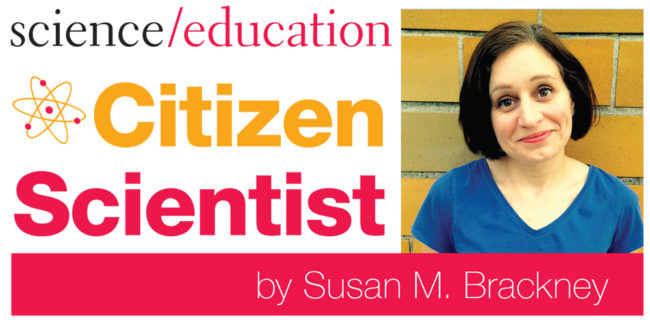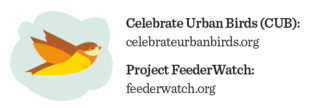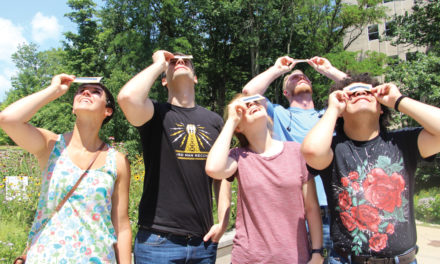
Using data gathered in part by citizen scientists, researchers recently determined we’ve lost nearly three billion birds since 1970. Birds across the United States and Canada are in trouble. These include many migratory birds, as well as common species like warblers, blackbirds, and finches. And—spoiler alert!—like the veritable “canary in the coal mine,” such avian losses signal trouble for humans, too.
Getting a handle on which species are declining and where their declines are most evident can help researchers to better understand the effects of habitat loss, climate change, and more. This is where citizen scientists can really step up and make a difference.
Although there are several bird-related citizen science programs around, the Cornell Lab of Ornithology’s “Celebrate Urban Birds” and “Project FeederWatch” are among the longest-running and most robust.
A SHORT AND SWEET PROJECT

You don’t have to be an expert naturalist with tons of spare time in order to make a difference for bird researchers. If you choose to participate in Celebrate Urban Birds (CUB), you need only record avian observations in the same 50-by-50-foot area during three days within a 30-day span.
Observation periods last just 10 minutes, and you’ll be looking for 15 focal species that are general to the U.S. and about six other species that are specific to our area. Some of our regional birds include the American goldfinch, the northern cardinal, and the downy woodpecker.
Before submitting your first report, you need to familiarize yourself with each of the focal and regional species. CUB makes that easy via individual online bird guides. To report your data, you’ll simply create a free login, enter the date and your site location details, and then complete the online bird tally sheet. It’s important to note that reporting a lack of birds is every bit as critical as reporting scores of them.
LONG-TERM LOOKOUT
Want something more involved? The login you create for CUB will be the same one you access for other Cornell Lab of Ornithology projects, including Project FeederWatch. Taking place in winter and early spring, Project FeederWatch runs from November 9 to April 3 and costs $18 for new participants. (This covers printed materials, such as the FeederWatch handbook, a FeederWatch calendar, color poster of common feeder birds, and the project’s annual data summary.) Each participant is also assigned a unique FeederWatch ID number.
Over the 21-week period, FeederWatchers monitor a specific spot they can see comfortably from indoors. Each species count takes place over two consecutive days, and counts should be at least five days apart.
As with CUB, Project FeederWatch makes bird identification tools readily available; however, FeederWatch requires more attention to detail. Besides reporting the maximum number of each species seen at once, participants also submit observations about behavioral interactions between individual birds.





